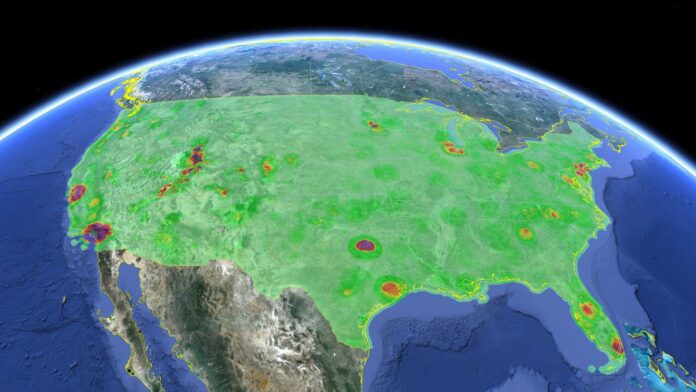The Federal Communications Commission is moving forward with plans to free up spectrum in the 3550-3650 MHz band for use by small cell network deployments and spectrum sharing, announcing it will host a technical workshop focused on the band on Jan. 14.
As part of the workshop, the FCC’s Wireless Telecommunications Bureau and Office of Engineering and Technology will look at “technical requirements, architecture, and operational parameters of the
proposed spectrum access system (SAS) for the 3550-3650 MHz band (3.5 GHz band).” The SAS would operate similar to the TV White Spaces database in governing use of the 3.5 GHZ band.
The workshop is set to focus on four aspects of SAS implementation:
1. General responsibilities and composition of SAS.
2. Key SAS functional requirements.
3. SAS monitoring and management of spectrum use.
4. Issues related to initial launch and evolution of SAS band planning.
Both bureaus have asked that interested parties submit papers discussing aspects of the SAS, which it had previously proposed would manage three service tiers described as incumbent access, priority access and general authorized access. The incumbent access users would include authorized federal and “grandfathered fixed satellite service” users currently operating in the 3.5 GHz band and would receive “protection from harmful interference from all other users in the 3.5 GHz band.”
Priority access users would include “critical quality-of-service needs,” including hospitals, utilities and public safety, and would operate with “some” interference protection. The general authorized access users would be allowed to operate “opportunistically” in certain areas and would have to deal with potential interference issues from other users in that space.
Julius Knapp, chief of the Federal Communications Commission’s Office of Engineering and Technology, provided a keynote address at the recent Silicon Flatirons Radio Spectrum Pollution event in Boulder, Colo., highlighting overall issues of spectrum pollution.
The FCC late last year released a notice of proposed rulemaking in relation to the 3.5 GHz band for use in the deployment of small cells and “spectrum sharing.” The NPRM was set up to look at whether it would be feasible to open up approximately 100 megahertz of spectrum in the 3550-3650 MHz bands for small cell technologies, possibly on an unlicensed basis. Currently, the most prolific unlicensed spectrum used for wireless services resides in the 2.4 GHz band that is used for Wi-Fi services.
The 3.5 GHz band is now in the hands of the Department of Defense for use in certain radar installations, as well as by “non-federal fixed satellite service earth stations for receive-only, space-to-earth operations and feeder links.” The somewhat limited propagation characteristics of the 3.5 GHz band are thought to be a good fit for the dense deployment plans for small cells and would likely limit interference with current users.
The FCC is also looking at potentially extending the spectrum allocation an additional 50 megahertz up to the 3700 MHz band. That spectrum band is currently used by the federal government in just a few locations.
Bored? Why not follow me on Twitter?

